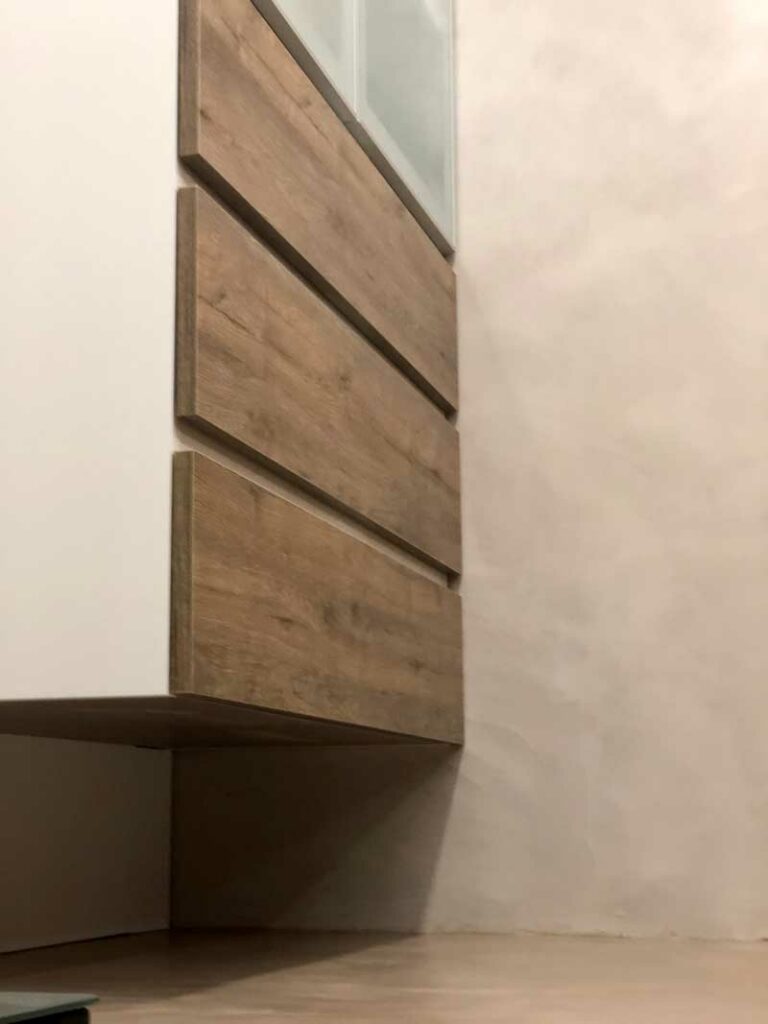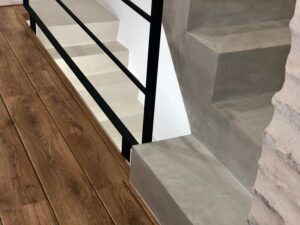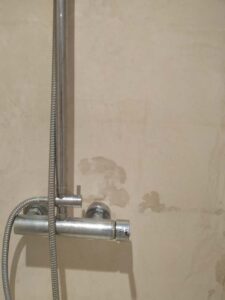
Microcement Colors
Microcement Colors All Microcement Colors What colors can be used with microcement? This is a question that many of our clients ask us. The reality
Applying microcement is a technical process that requires precision and attention to detail. Every step is essential to achieve a flawless finish, and sanding is no exception. However, it is often undervalued, which can compromise the final result.
In this article, we at Lunik aim to highlight the importance of sanding in the microcement application process and how it can significantly affect the quality of the finish.
Our first piece of advice is to use high-quality sandpaper. Here’s why:

Selecting the appropriate grit size is crucial for achieving a smooth and even finish. At Lunik, we recommend:
It is essential to ensure that each layer is completely dry before sanding. Sanding a wet surface can cause damage, compromising the final result.
Initial Preparation:
First Base Layer:
Second Base Layer:
Finishing Layers:
Final Polishing:
If you need advice on the best sandpaper for your project, don’t hesitate to contact us. Visit our Lunik website to explore our products and receive expert recommendations.

Microcement Colors All Microcement Colors What colors can be used with microcement? This is a question that many of our clients ask us. The reality

Microcement Stairs Stairs Reform with Microcement Microcement stairs are one of the most successful applications in recent years. Stairs are part of the decoration of

Microcement Defects Main Errors in Microcement Microcement is a material that can be in perfect condition for many years, coating our homes naturally. But it